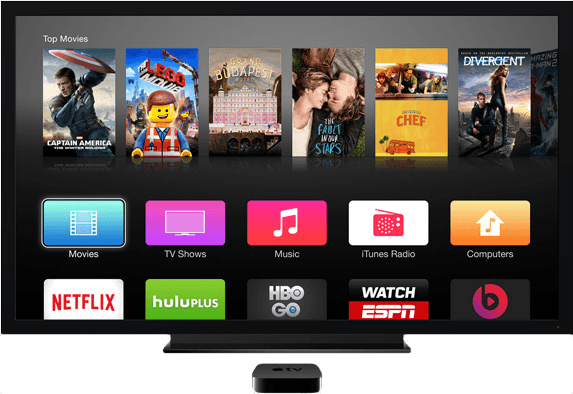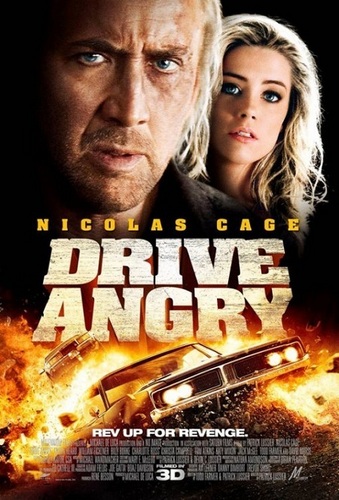


These drives clock for me at around 110 MB/s read and write speeds. For $95, you’re getting a drive you can drop in the water, with rubber bumpers to break its fall, and a built-in USB-C cable. If you have a computer with USB-C, however, I recommend the aPrime ineo rugged waterproof IP-66 certified drives. So if your client wants the files at any point, you can simply hand them the drive. The nice thing about USB3 is that it’s compatible with just about any computer out there, both Windows and Mac. That’s way too slow to edit 4K video on, of course, but we only need it for storage. Black Magic Speed Test clocks it at 75 MB/s.
Videodrive movie portable#
The drive I have most frequently chosen for this is the 2TB Backup Plus Slim Portable External USB 3.0 Hard Drive. It currently costs $65. I use Hedge which enables me to have two backups of the media from the get-go. At the end of each day of production, I’ll lay off the files to both simultaneously. In my case, that’s generally 1 to 2 terabyte drives. When I get a new 4K project, I buy two hard drives big enough to hold all project media. Let’s unpack what that means in today’s technology landscape. So my short answer was: “Buy the cheapest drives you can afford to store your media, and the most expensive drive you can afford to edit it.” Most beginning filmmakers are on tight budgets.

One of my students at Seattle Film Institute asked me a question the other day: “How do you choose hard drives for 4K video?”


 0 kommentar(er)
0 kommentar(er)
